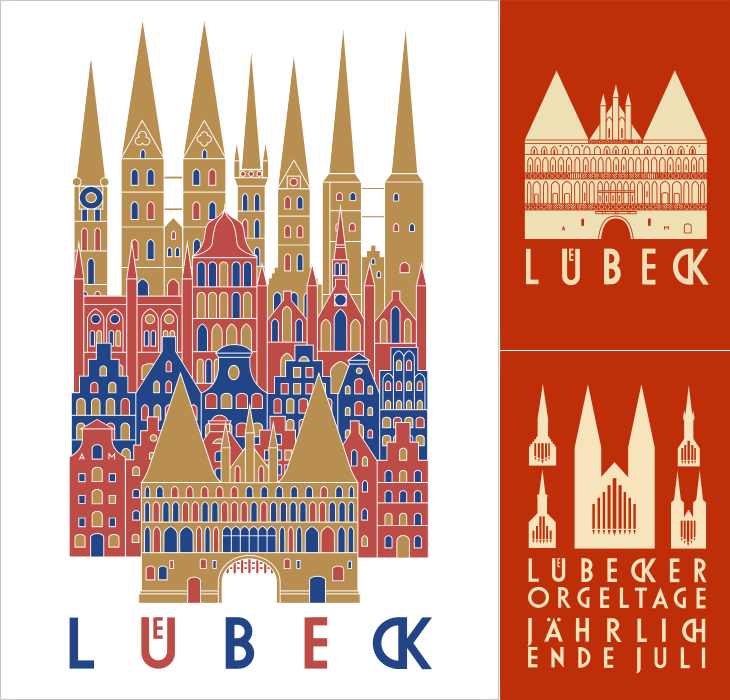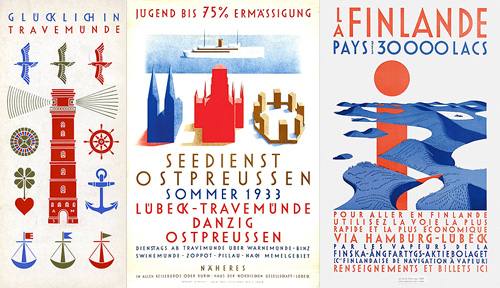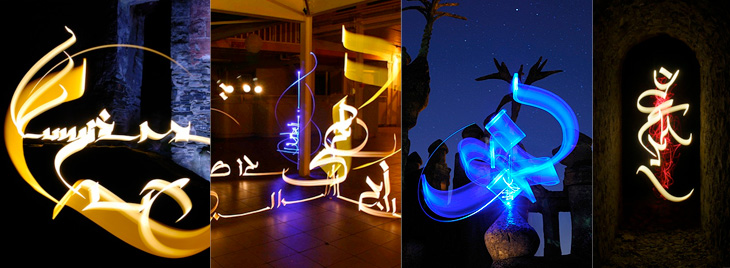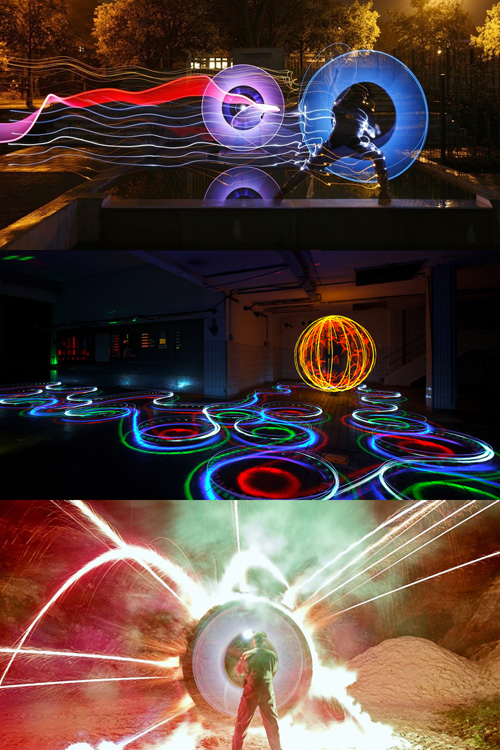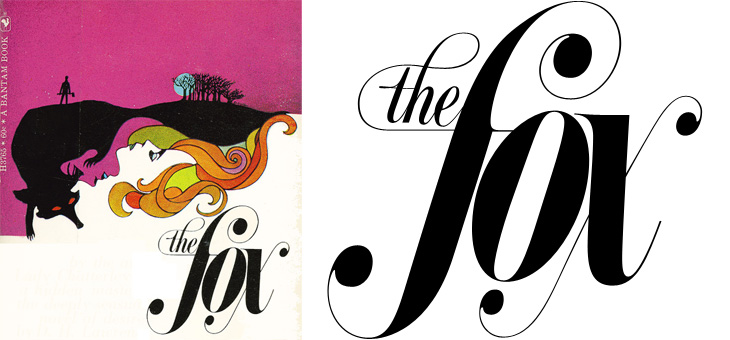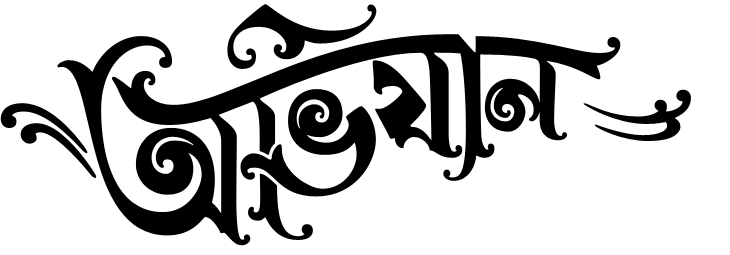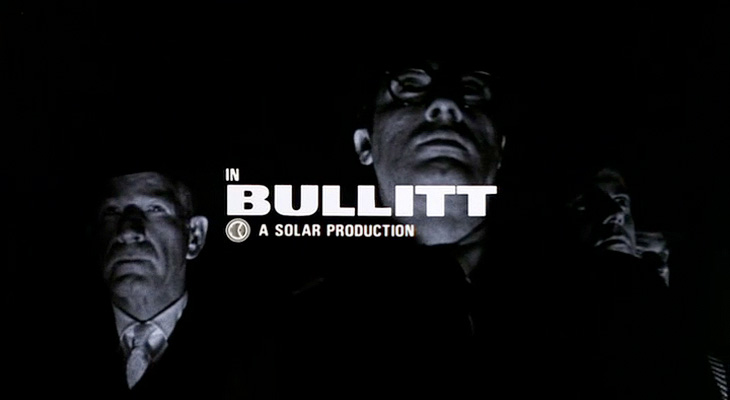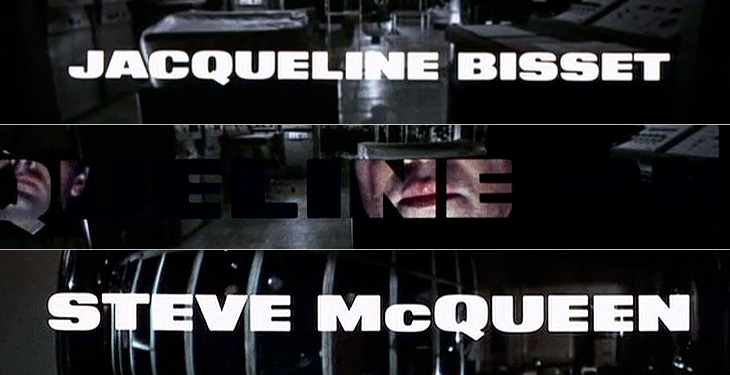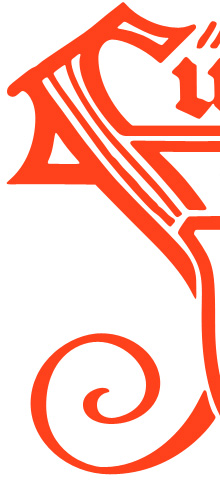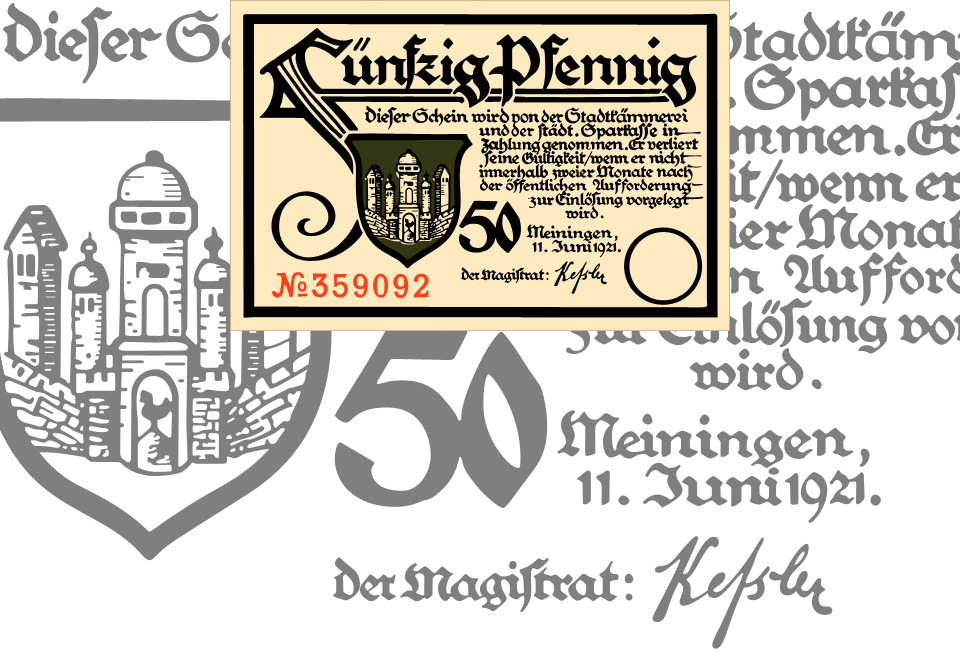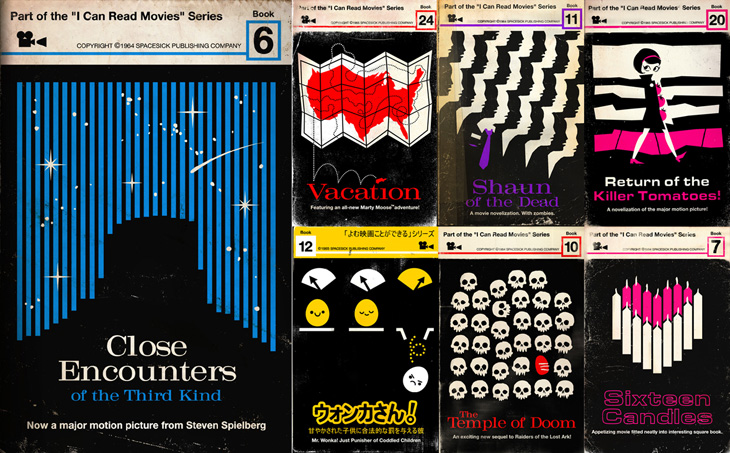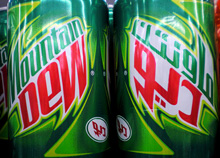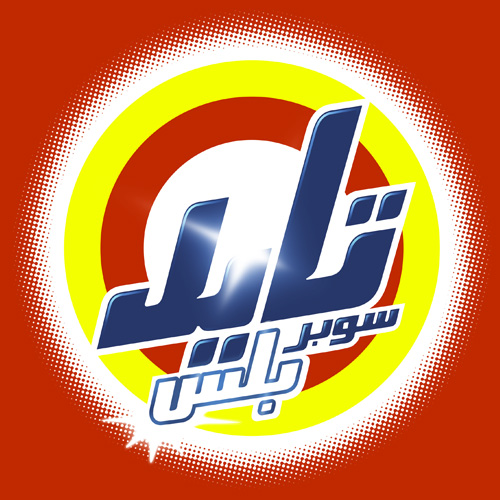
This may be a bit of an old link, but it’s new for me, I think. The St. John’s Bible is a project by Donald Jackson (and team) and Minnesota’s Saint John’s Benedictine Abbey & University to produce a hand-written and illuminated bible to, as they put it, celebrate the new millennium. It’s both a massive project and a massive book - over 1000 pages with spreads 80cm wide by 60cm high, produced over 10 years at a cost of four million dollars (though its value may be denominated in other ways). The origin of the work is interesting in that it comes from the classic desire to complete a magnum opus:
For many years Donald Jackson, Senior Illuminator to Her Majesty’s Crown Office, had dreamed of creating a modern, illuminated Bible to celebrate the new millennium. Finally, in November 1995, he presented the idea to Saint John’s Benedictine Abbey & University in Minnesota.¶ Work started in 2000 and is scheduled for completion in 2007, at a total cost of over £2 million. It is taking place in a scriptorium in Monmouth, Wales, under the artistic direction of Donald Jackson and his team of scribes and illuminators.The Victoria and Albert Museum
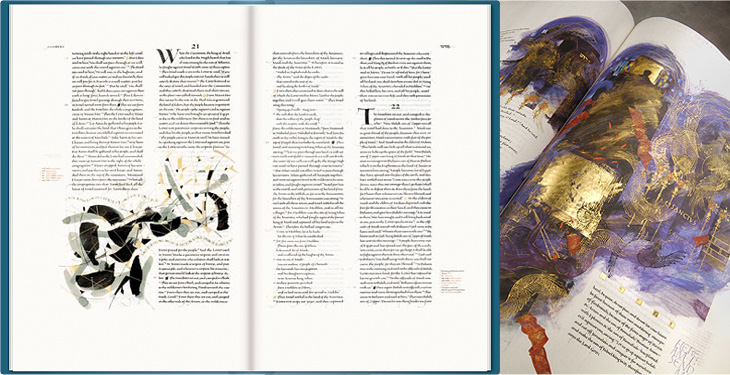
Some sample pages from the bible. The images on the left are from the St John’s Bible website, the ones on the right are from the Victoria and Albert Museum.
Jackson has brought together an incredible range of styles for the bible, from rich, lush, gold-encrusted illuminations reminiscent of Eastern Orthodoxy to crisp and spare compositions more like the modern style of the Church of England (to my mind at least):
The Saint John’s Bible will represent mankind’s achievements over the past 500 years. It will be a contemporary blending of religious imagery from various Eastern and Western traditions, as befits our modern understanding of the global village.St John’s Bible website FAQs
The disparate styles are unified by the common thread of that beautiful lettering and calligraphy, and by the script for the main text designed specifically for this project by Jackson himself. I’d love to hear more about that project! You can just about make out the script on the larger watermarked images. Just.
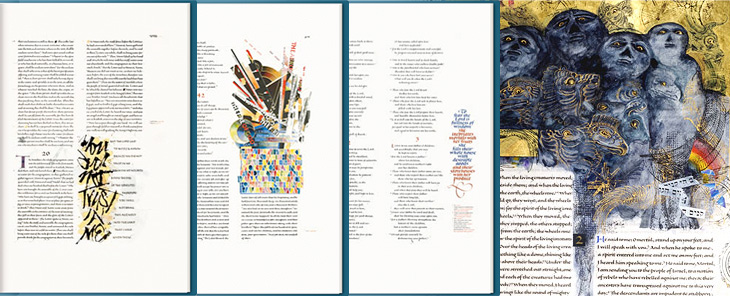
Some sample pages from the bible. The three on the left are from the St John’s Bible website, the rightmost one from Victoria and Albert Museum.
Which last point leads me nicely onto my one little whinge, not about the project, but about the website for it: I just wish there were a couple of closeup photos of the bible on the site. I can see why they’d be wary of possibly having their hard work ripped off, but it’s not like you need full-page scans to see the quality of the calligraphy and detail; a few square centimetres would do. After all, the prints aren’t all that cheap, and getting a bit of a closer look would be reassuring. Of course, if you’re seriously loaded, you can buy a copy of the Heritage Edition, for $145,000. If there are any left, that is.
Link via Greg Storey at Airbag.

